Additional information
| Weight | 0.35 kg |
|---|---|
| Dimensions | 8 × 5 × 0.35 in |
| Translator | Amita Ray |
| Edition | |
| ISBN | |
| Language | |
| Page Count | |
| Publisher | Hawakal Publishers |
| Release Date | 12 May, 2018 |
Press Reviews
Amita Ray’s translation braves challenges. The task becomes even more complex if it is a children’s text. Readability is the key. She maintains an easy flowing style so that readers are never alienated from the Bangla version. This translated novella has rich resources to attract researchers to work in the field of folk literature and gender studies apart from children’s literature.—The Statesman
Amita Ray has been able to recreate the lucidity and charm of the Bengali original by Abanindranath Tagore. Capturing nuances of the original text can be tricky at times and the author has retained some Bengali words which if translated would have taken away some part of the charm of the tale. There are “Word notes” (actually, a glossary) at the end that give the meanings of Bengali words retained. Written in an easy flowing, lucid style that children will be comfortable reading, the translation works well in presenting the nuances of the original.—Cafe Dissensus
Abanindranath Tagore, the nephew of Rabndranath Tagore, was a wonderful painter. He also wrote quite a few tales for children and Khirer Putul is one of them, which was first published in the year 1896. The original story may have been inspired by traditional Bengali folk lore and folk culture but as Sanjukta Dasgupta points out in her foreword that “the source narrative of Khirer Putul was an unpublished fairy tale in Rabindranath Tagore’s wife Mrinalini Devi’s draft collection of fairy tales and fantasies” from where Abanindranath Tagore borrowed the idea of his story.—Reviews

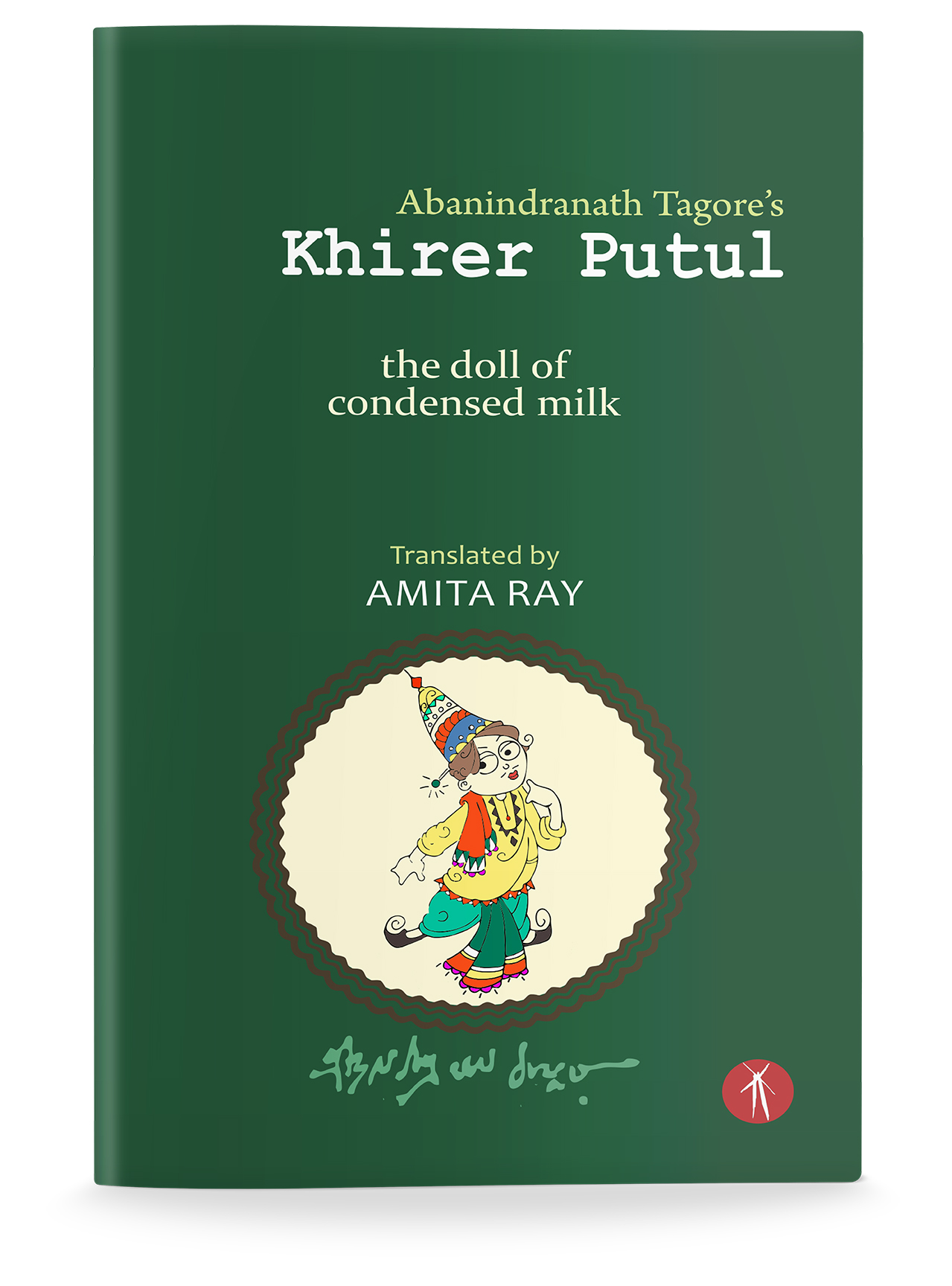
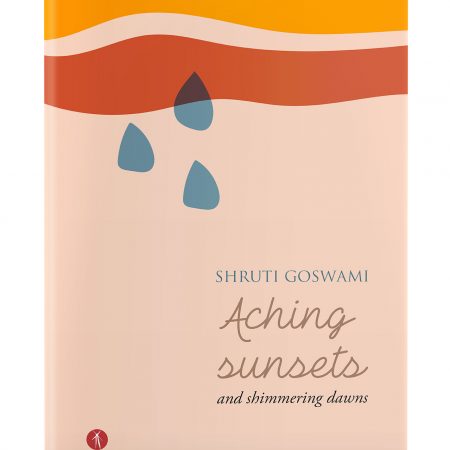
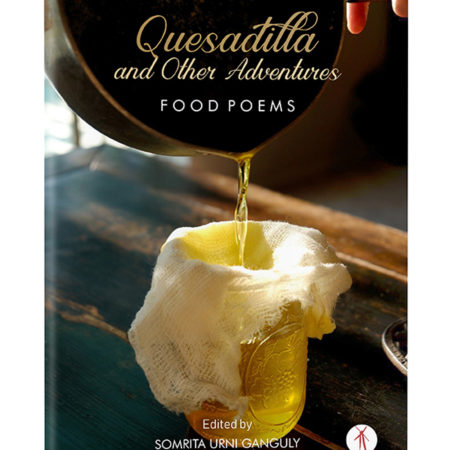
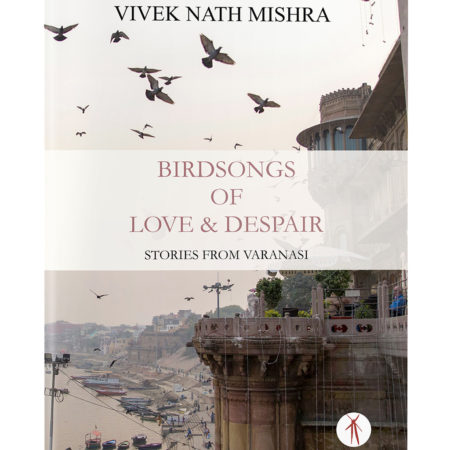
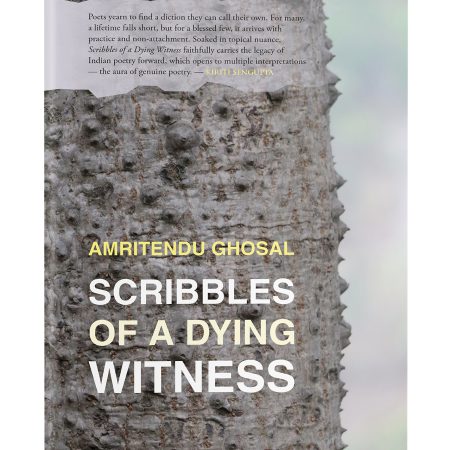
priyanka bhattacharya –
Very good received very quickly